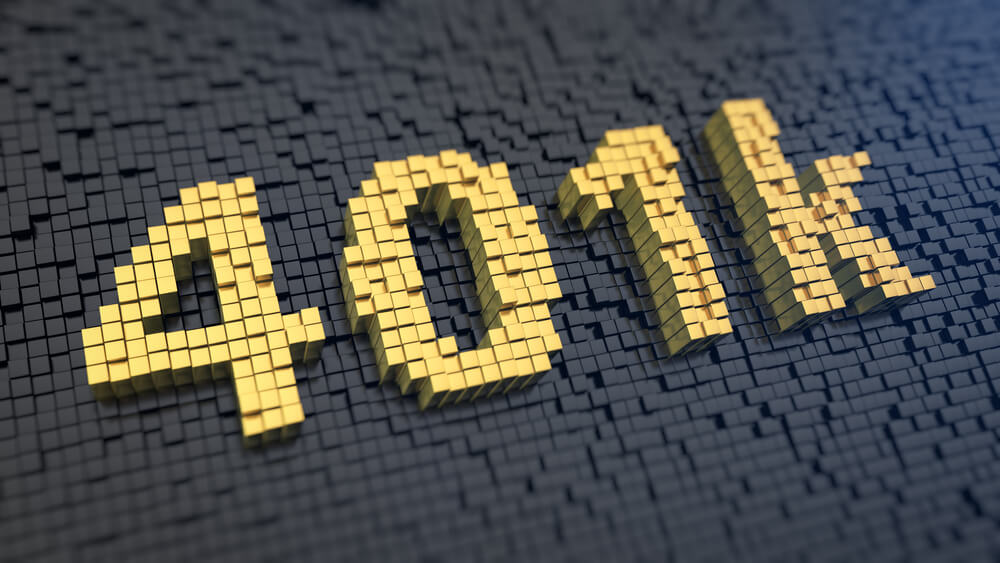If your employer offers a 401(k) plan, taking advantage of that plan is an attractive option. In fact, a 2018 report by the Stanford Center on Longevity study found that most employees of all ages participated: 91 percent of those 25–34 to years old, 91 percent of those 35–44 to years old, 92 percent of those 45–54 to years old and 89 percent of those 55–64 to years old.
Pre-Tax 401(k) Plans
Pre-tax 401(k) plans are popular for the following reasons:
- Contributions are tax-deferred, which means your money isn’t taxed until it is withdrawn, when it is likely you will be in a lower tax bracket.
- Companies often match part or all of your contribution.
- You don’t have to think about it once you choose to participate because deductions are automatic.
- Because the amount you contribute is a pre-tax deductions from your take-home pay, your taxable income is reduced so you may pay lower income tax.
The amount you can contribute to a traditional 40(k) is limited. For 2019, the maximum limit is $19,000 (pre-tax and Roth). Amounts matched by your employer are not included in this limit. Participants age 50 and older are allowed to contribute an additional $6,000 “catch-up” contribution, bringing the total allowable contribution to $25,000.
After-Tax 401(k) Plans
That already sounds attractive, but some taxpayers are eligible to supersize their contributions and save even more — if their employers allow after-tax contributions to their 401(k). These plans allow you to contribute up to $37,000 more than the $19,000 limit. This means you can potentially save $56,000 annually in an after-tax 401(k) (that’s up to $62,000 if you are 50 or older).
Note the following tax considerations:
- Your maximum contribution is reduced by any matching contributions.
- Plan limits apply.
- The plan is subject to nondiscrimination testing for highly compensated employees.
- Your contributions are taxed in the year they are made, so your taxable income is not reduced by the amount of your contribution.
- Because you’ve already been taxed on your contributions, any interest or dividends you earn grow tax-free rather than tax-deferred.
In-Plan Roth Rollover
Some employers allow participants to their traditional 401(k) plan to convert their plan to a Roth 401(k) while they are still employed at the company. Although this option is not widely available, it can be beneficial.
And Then What?
Certain tax events are triggered once you leave a company or retire:
- If you have a traditional 401(k), your pre-tax contributions generally are rolled over into a traditional IRA. Any withdrawals are taxed as ordinary income.
- If you have an after-tax 401(k), your contributions can be rolled over into a Roth IRA. You do not have to pay any taxes when you make withdrawals, because your contributions already have been taxed.
There is a lot to consider as you decide how to fund your retirement. To ensure that you get the result you want, it is important to align your full financial situation with your financial goals and to speak with a professional.
We understand 401(k) plans. Contact an MCB Advisor at 703-218-3600 or click here. To review our employee benefit plan articles, click here. To learn more about MCB’s employee benefit plan services experts, click here. To review our personal financial planning articles, click here. To review our business planning articles, click here. To learn more about MCB’s Business Advisory Service experts, click here.
©2019

